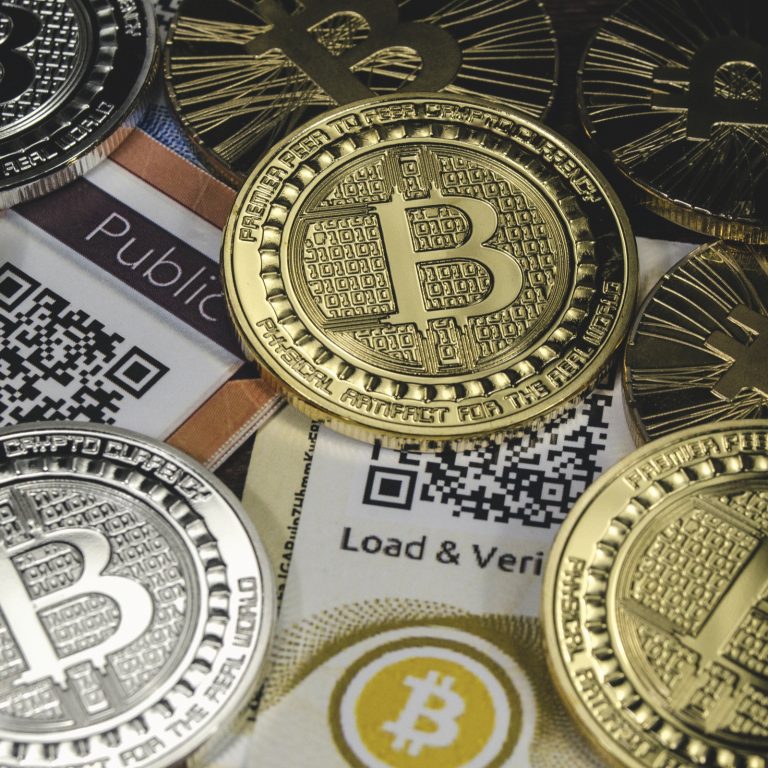
Bitcoin might be digital but it’s equally suited to being stored and shared in the analogue world. Whether you’re looking for a way to safely store your coins, to issue paper bills that are made out to a specific bitcoin address and amount, paper is your friend. A printer and a little know-how is all it takes.
Also read: The Idiot-Proof Vault: A Simple Cold Storage Guide
Why Create a Paper Wallet?
Exchange accounts can be hacked, mobile wallets breached, and smartphones lost, stolen or destroyed. But paper? It’s impervious to all digital attack vectors. It’s not foolproof – fire, water damage, or theft can still take their toll – but if you’re careful where you stash your paper wallet, it’s one on the safest ways to store cryptocurrency. Be it as a backup of an existing hardware, mobile or desktop wallet, or as a standalone wallet that exists solely offline, paper is perfect.

The ultimate form of cold storage, a paper wallet simply consists of a printout of the private and public keys to your address. (These can even be handwritten if you don’t trust printers or have access to one). Suffice to say that while the public key can be shared so that others can send you coins, you shouldn’t share your private key with anyone. Thus, once you’ve printed your wallet, you need to store it somewhere only your eyes can view it. That could be a safe, a bank vault or a sly hiding place in your home.
If you’re ultra cautious, you can even split your paper wallet into parts and store it in separate locations. Not much use if you’re a day trader, admittedly, but if you’re a hodler for life, a distributed paper wallet (with at least



